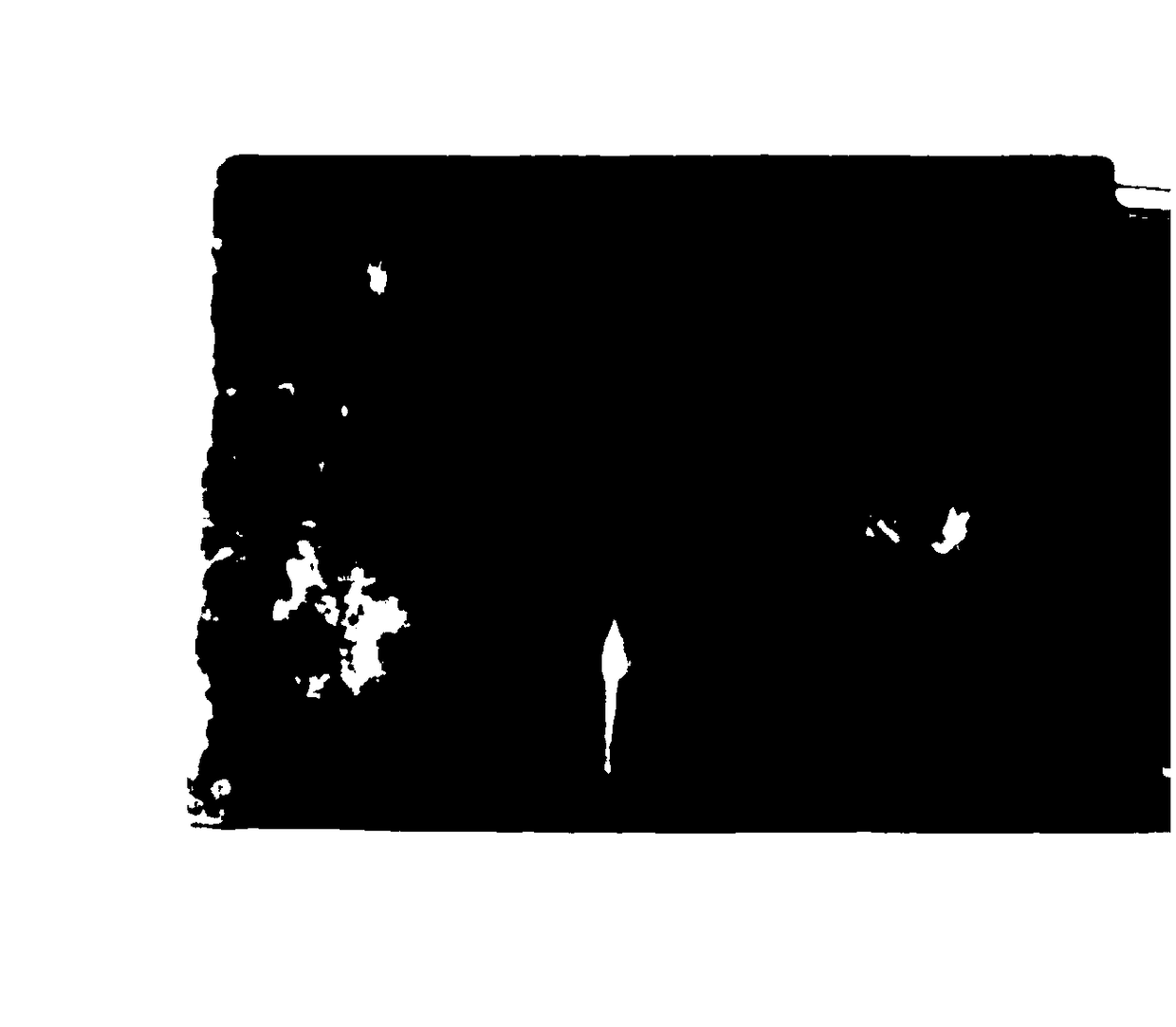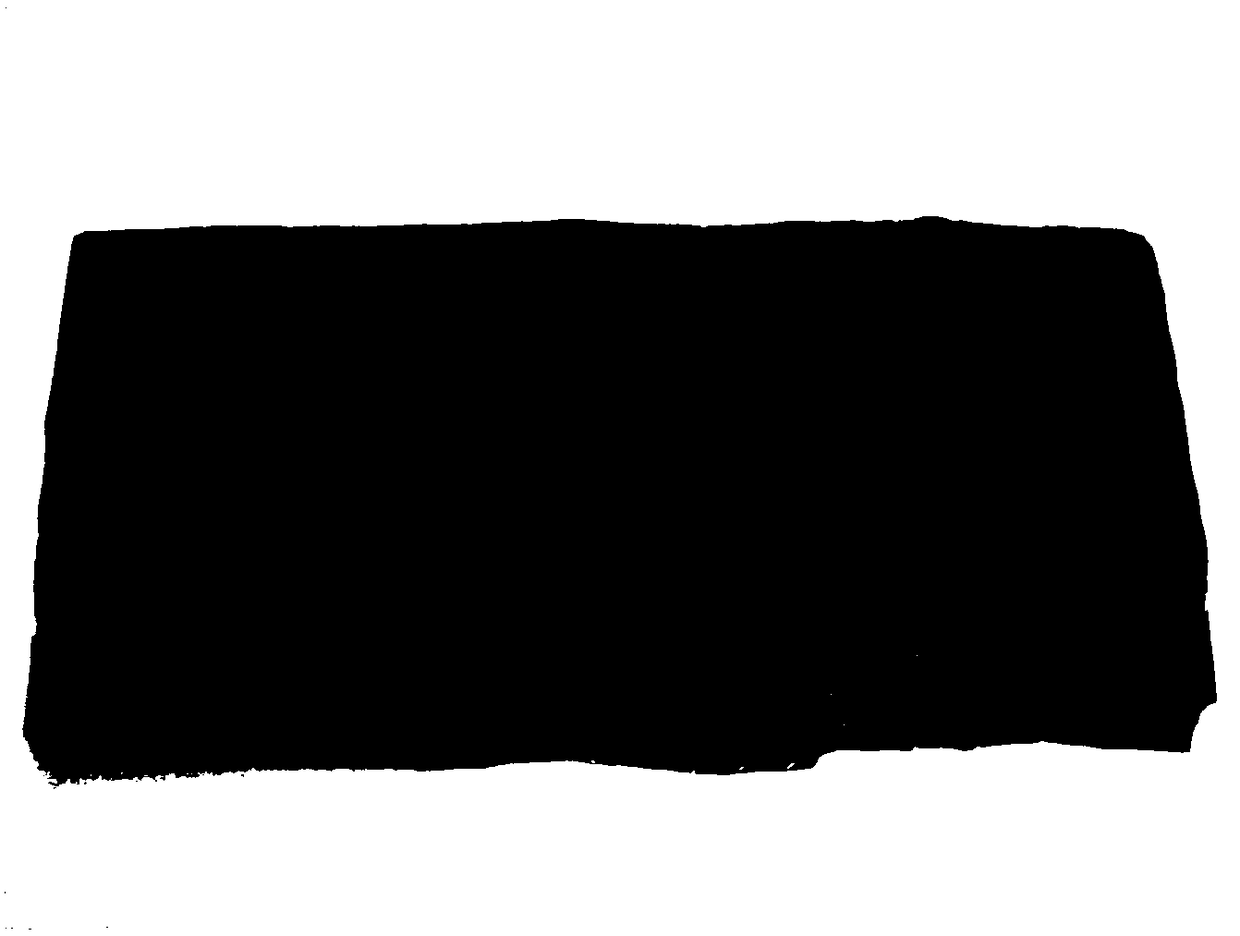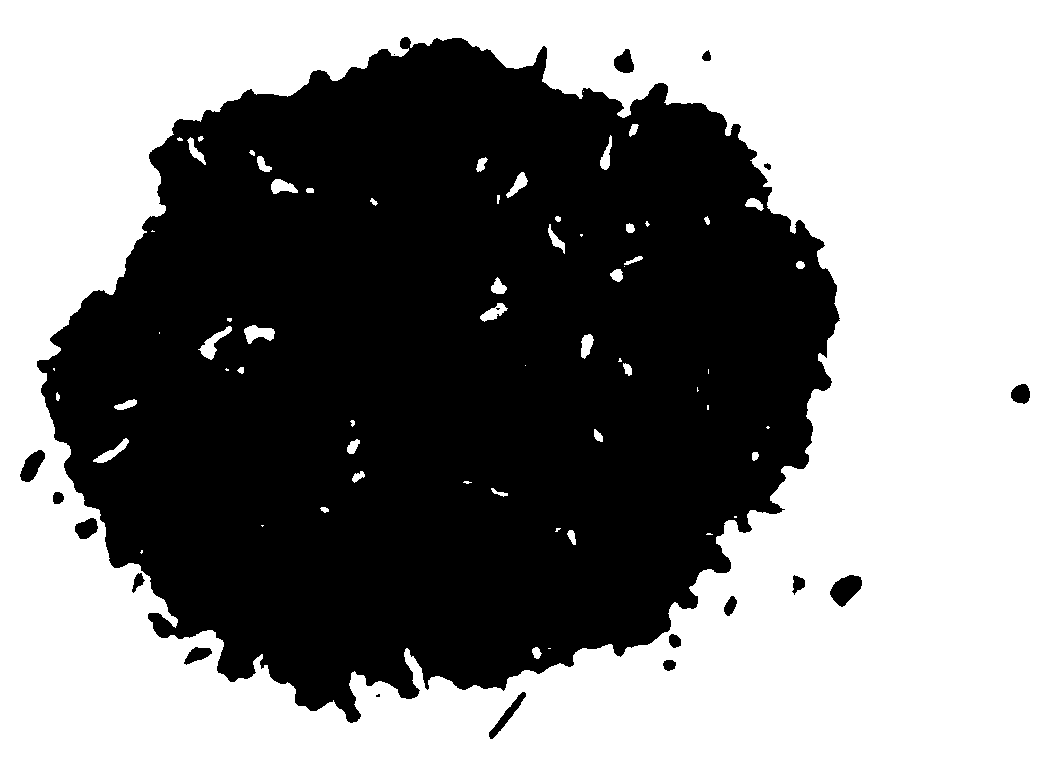Pretreatment method for recycling waste power lithium battery
A lithium battery and power technology, which is applied in the field of pretreatment of waste power lithium battery recycling, can solve the problems of reduced recycling efficiency, broken copper foil and aluminum foil, and lag in the research process of waste power lithium battery recycling and reuse. The effect of low consumption and low equipment requirements
- Summary
- Abstract
- Description
- Claims
- Application Information
AI Technical Summary
Problems solved by technology
Method used
Image
Examples
Embodiment Construction
[0026] In order to make the object, technical solution and advantages of the present invention clearer, the present invention will be further described in detail below in conjunction with the accompanying drawings and embodiments. It should be understood that the specific embodiments described here are only used to explain the present invention, and are not intended to limit the present invention.
[0027] A pretreatment method for recycling waste power lithium batteries:
[0028] Raw material preparation: the waste power lithium battery cells eliminated from electric vehicles, the remaining power of the lithium battery cells is about 80%, the positive electrode active material is lithium iron phosphate, and the electrolyte is completely released to obtain the waste power lithium batteries.
[0029] (1) Use steel with a diameter of Ф10 to drill a hole for the waste power lithium battery. The hole must pass through the inner core of the battery, and discharge it through a short...
PUM
 Login to View More
Login to View More Abstract
Description
Claims
Application Information
 Login to View More
Login to View More - Generate Ideas
- Intellectual Property
- Life Sciences
- Materials
- Tech Scout
- Unparalleled Data Quality
- Higher Quality Content
- 60% Fewer Hallucinations
Browse by: Latest US Patents, China's latest patents, Technical Efficacy Thesaurus, Application Domain, Technology Topic, Popular Technical Reports.
© 2025 PatSnap. All rights reserved.Legal|Privacy policy|Modern Slavery Act Transparency Statement|Sitemap|About US| Contact US: help@patsnap.com



